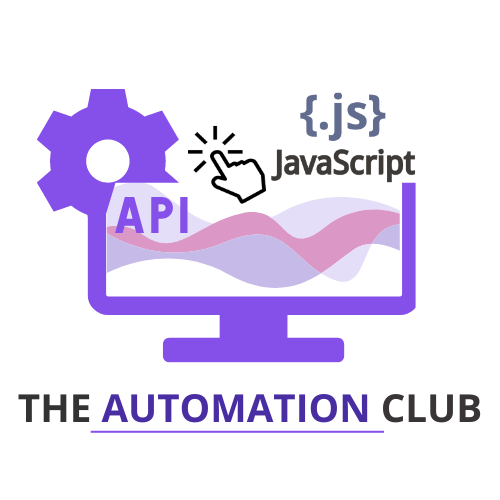Exploring the Automated Process User in Salesforce
The Automated Process User is a specialized internal account within Salesforce that facilitates the execution of various automated tasks, such as workflows and flows. This account is crucial for ensuring that business processes run smoothly without requiring manual intervention, ultimately enhancing productivity and streamlining operations.
Key Functions and Responsibilities
This internal user account plays a vital role in the automation framework. Here are some of its primary functions:
- Executing System-Level Changes: This user is responsible for carrying out essential system-level operations that maintain the integrity of automated workflows.
- Workflow Management: It plays a crucial role in executing workflow rules and field updates, ensuring that all changes are accurately recorded in the system’s history.
- Access Control: Organizations can manage permissions associated with this account through permission sets, allowing for tailored access to various objects and fields based on business needs.
Recent Insights and Developments
| Date | Insight |
|---|---|
| Aug 12, 2022 | The Default Workflow User is recommended for managing access levels for Schedule-Triggered and Record-Triggered Flows, ensuring proper execution of automated tasks. |
| Jul 26, 2022 | Record history indicates ‘Automated Process’ as the user responsible for field changes made through workflow rule updates, providing transparency in operations. |
| Nov 21, 2023 | Process automation leverages technology to streamline business processes, aligning them with organizational goals and enhancing overall efficiency. |
| Jan 14, 2021 | This internal account cannot be accessed via the UI, but permission sets can be created and assigned programmatically to manage its capabilities. |
| Feb 16, 2022 | On the Process Automation Settings page, the email address for this user must be configured to an organization-wide email for effective communication and notifications. |
How to Access and Manage the Automated Process User
Effectively managing this user account requires administrative privileges. Here’s a step-by-step guide to accessing and configuring this internal account:
- Access the Setup Menu: Log into your Salesforce account and click on the gear icon to enter the Setup area.
- Locate Process Automation Settings: In the Quick Find box, type “Process Automation Settings” and select it from the results.
- Manage Permissions: Within this section, you can create and assign permission sets to the Automated Process User, controlling its access to various objects and fields based on your organization’s requirements.
- Review Email Configuration: Ensure that the email address for this user is set to an organization-wide email address to facilitate effective communication and notifications.
Conclusion
The Automated Process User is a pivotal component of Salesforce’s automation capabilities, enabling organizations to optimize their processes and improve overall efficiency. By understanding its role and management strategies, businesses can leverage automation tools to achieve better outcomes and streamline operations.
Pros and Cons of Using the Automated Process User
| Pros | Cons |
|---|---|
|
|
Key Considerations for Implementation
When implementing the Automated Process User, consider the following key points:
- Define Clear Objectives: Establish what processes you want to automate and the expected outcomes to ensure alignment with business goals.
- Test Thoroughly: Before deploying automation, conduct thorough testing to identify any potential issues and ensure that workflows function as intended.
- Monitor Performance: Regularly review the performance of automated processes to identify areas for improvement and ensure they continue to meet business needs.
- Training and Support: Provide adequate training for users who will manage or interact with automated processes to ensure they understand how to leverage the system effectively.
Best Practices for Managing the Automated Process User
To maximize the benefits of the Automated Process User, follow these best practices:
- Regularly Review Permissions: Periodically assess and update permission sets to ensure they align with current business needs and security protocols.
- Utilize Documentation: Maintain comprehensive documentation of all automated processes, including workflows and permission settings, to facilitate easier management and troubleshooting.
- Engage Stakeholders: Involve relevant stakeholders in the automation process to gather insights and ensure that the automated solutions meet their needs.
- Stay Informed: Keep up with Salesforce updates and best practices to leverage new features and enhancements that can improve automation capabilities.
Conclusion
The Automated Process User is a powerful tool within Salesforce that can significantly enhance operational efficiency and streamline business processes. By understanding its functionalities, benefits, and potential challenges, organizations can effectively leverage this internal account to optimize their workflows. With careful planning, implementation, and ongoing management, businesses can harness the full potential of automation to drive success and achieve their objectives.
